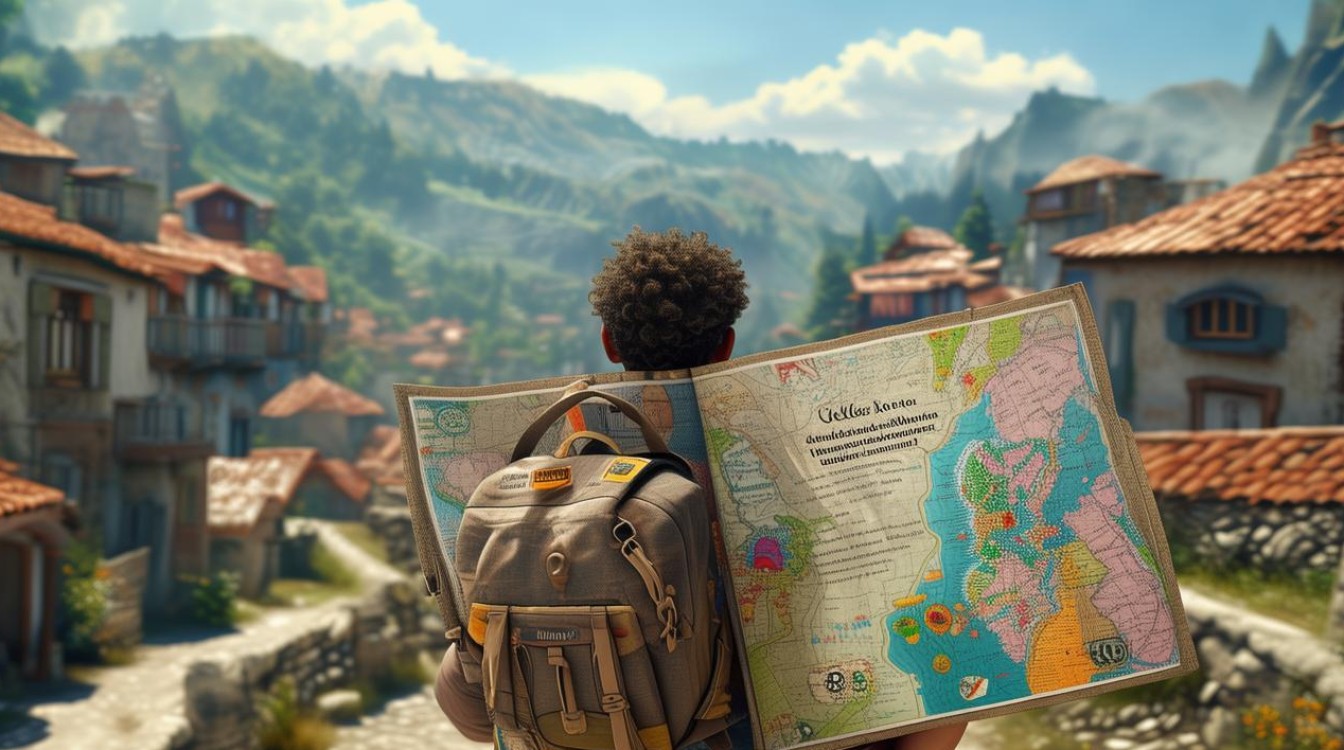Traveling is one of life’s greatest pleasures, offering a chance to explore new cultures, meet fascinating people, and create unforgettable memories. When writing an English essay about travel, the opening lines set the tone for the entire piece. A strong introduction captures the reader’s attention, provides context, and invites them to embark on the journey with you. Whether you’re describing a serene beach getaway or an adventurous trek through the mountains, the right opening can make all the difference.

Why the First Paragraph Matters
The first few sentences of your travel essay determine whether the reader continues or moves on. A compelling introduction should:
- Engage the reader emotionally – Make them feel the excitement, tranquility, or curiosity you experienced.
- Provide a clear sense of place – Let the reader visualize the destination.
- Hint at the essay’s theme – Whether it’s adventure, relaxation, or cultural discovery, the opening should reflect the core idea.
A well-crafted beginning ensures the reader is invested from the first word.
Types of Travel Essay Openings
Depending on the tone and purpose of your essay, different openings can be effective. Here are some approaches to consider:
The Vivid Description
Transport the reader directly into the scene with rich sensory details.
Example:
"The golden hues of sunrise painted the ancient temples of Bagan, casting long shadows over the mist-covered plains. As the first light touched the pagodas, the air filled with the faint chime of distant bells, and I knew this journey would stay with me forever."
This style immerses the reader in the setting, making them feel as if they are standing beside you.
The Thought-Provoking Question
Pose a question that makes the reader reflect on their own experiences.
Example:
"Have you ever stood at the edge of a cliff, feeling the wind rush past as the world stretches endlessly below? That moment of exhilaration—where fear and freedom collide—is what travel is all about."
Questions create an interactive experience, drawing the reader into your narrative.

The Anecdote or Personal Moment
Share a brief, impactful moment that encapsulates the essence of your trip.
Example:
"I hadn’t expected a simple cup of tea to change my perspective. But as I sat in a tiny Marrakech café, watching the steam rise from the mint-infused glass, I realized how much beauty lies in the smallest encounters."
Personal stories make the essay relatable and humanize the experience.
The Bold Statement
Start with a striking claim that challenges conventional thinking.
Example:
"Tourists take photos; travelers collect stories. And in the heart of Kyoto, where cherry blossoms drift like snow, I found a story that reshaped my understanding of time."
A bold opening grabs attention and sets up an intriguing premise.
The Quote or Proverb
Use a well-known saying to frame your journey.
Example:
"‘Not all those who wander are lost,’ Tolkien once wrote. As I navigated the winding alleys of Venice, I understood the truth in those words—sometimes, getting lost is the best way to find yourself."
Quotes add depth and connect your experience to broader wisdom.

Common Mistakes to Avoid
While crafting your introduction, steer clear of these pitfalls:
- Overused phrases – Clichés like "Travel broadens the mind" or "The world is a book" lack originality.
- Excessive background information – Save historical or logistical details for later.
- Vague statements – Be specific about what made your journey unique.
A fresh, authentic voice will always resonate more than recycled ideas.
Enhancing Your Opening with Language Techniques
To make your introduction even more compelling, incorporate these stylistic elements:
Sensory Language
Appeal to sight, sound, smell, taste, and touch.
Example:
"The scent of saltwater mingled with frying calamari as I stepped onto the Santorini docks, the whitewashed buildings glowing under the Aegean sun."
Metaphors and Similes
Compare experiences to familiar concepts for stronger imagery.
Example:
"The Amazon rainforest hummed like a living orchestra, each creature adding its note to the symphony of the wild."
Contrast and Surprise
Highlight unexpected moments to intrigue the reader.
Example:
"I had come to Iceland for the glaciers, but it was the warmth of its people that left the deepest impression."

Examples of Strong Travel Essay Openings
To inspire your own writing, here are a few well-structured introductions:
Example 1 – Adventure Focus
"The rope bridge swayed violently under my feet, the roaring river below a stark reminder of the stakes. One misstep, and the jungle would claim another victim. Yet, as I took the first trembling step forward, I realized adventure isn’t about avoiding fear—it’s about embracing it."
Example 2 – Cultural Reflection
"In a Tokyo subway station, surrounded by a sea of silent commuters, I learned more about respect in ten minutes than a lifetime of textbooks could teach. Japan’s unspoken rules revealed a culture where courtesy is woven into every interaction."
Example 3 – Peaceful Escape
"Dawn in the Swiss Alps was a silent masterpiece. The only sound was the crunch of snow under my boots, the only movement the slow curl of my breath in the icy air. For the first time in years, my mind was still."
Final Thoughts
The perfect opening for your English travel essay doesn’t just introduce a place—it invites the reader to feel, wonder, and explore alongside you. Whether you choose a vivid description, a provocative question, or a personal revelation, the key is authenticity. Write not just to inform, but to connect.
Travel leaves imprints on the soul, and your words should do the same. Let your introduction be the doorway to a journey worth taking.

